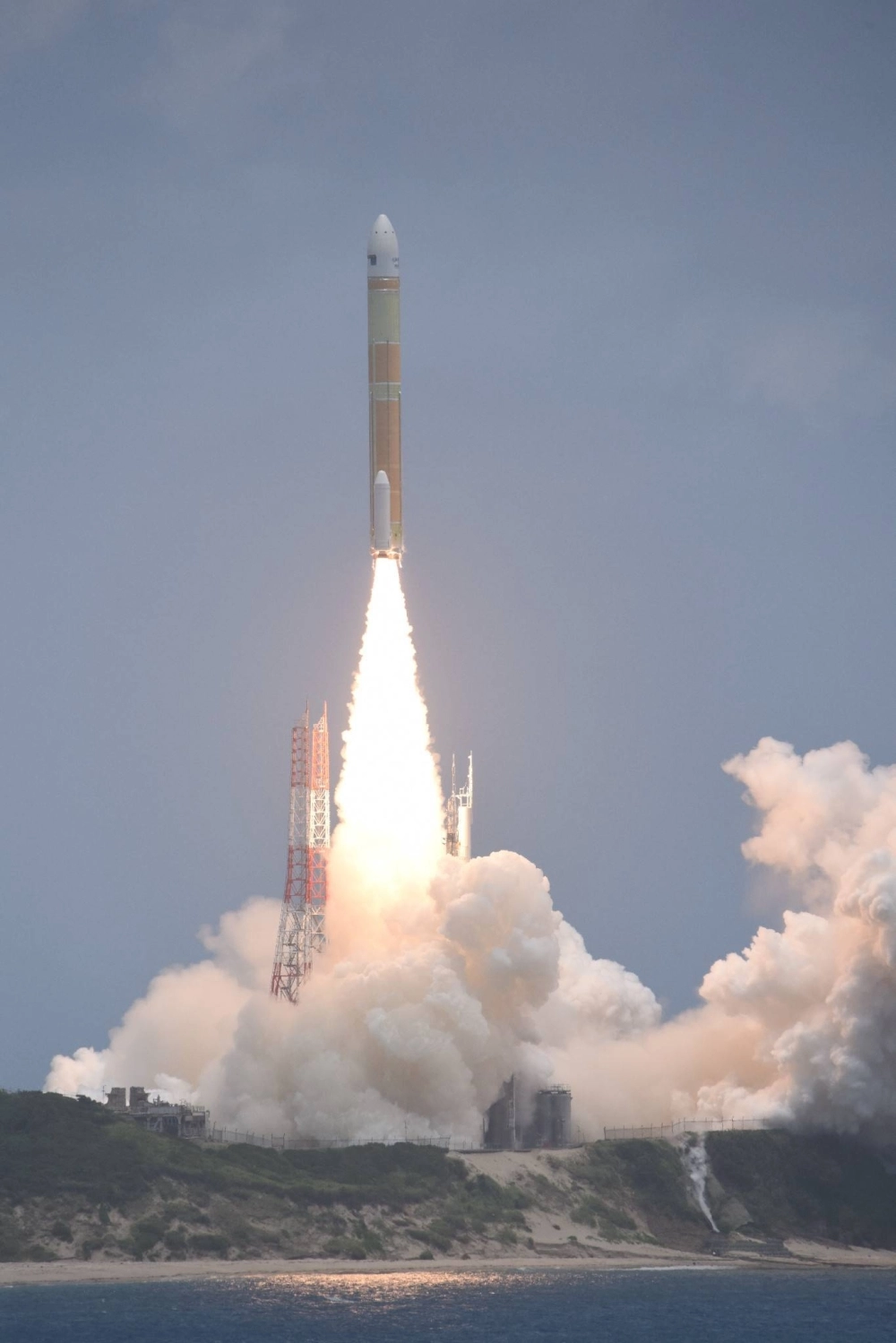The Japan Aerospace Exploration Agency (JAXA) successfully put an advanced observation satellite into orbit via its new flagship H3 rocket on Monday, taking another step toward demonstrating the H3’s viability as an “easy-to-use” rocket.
Applause filled the launch control center at Tanegashima Space Center in Kagoshima Prefecture as JAXA officials embraced following the success of the third H3 rocket launch. The H3 was carrying the Daichi-4 satellite, also known as the Advanced Land Observing Satellite-4, which was jointly developed by JAXA and Mitsubishi Electric following the loss of Daichi-3 in a failed H3 launch in March last year.
“It was truly a perfect launch, a perfect 100 out of 100,” said Makoto Arita, the JAXA H3 project team manager.



















With your current subscription plan you can comment on stories. However, before writing your first comment, please create a display name in the Profile section of your subscriber account page.